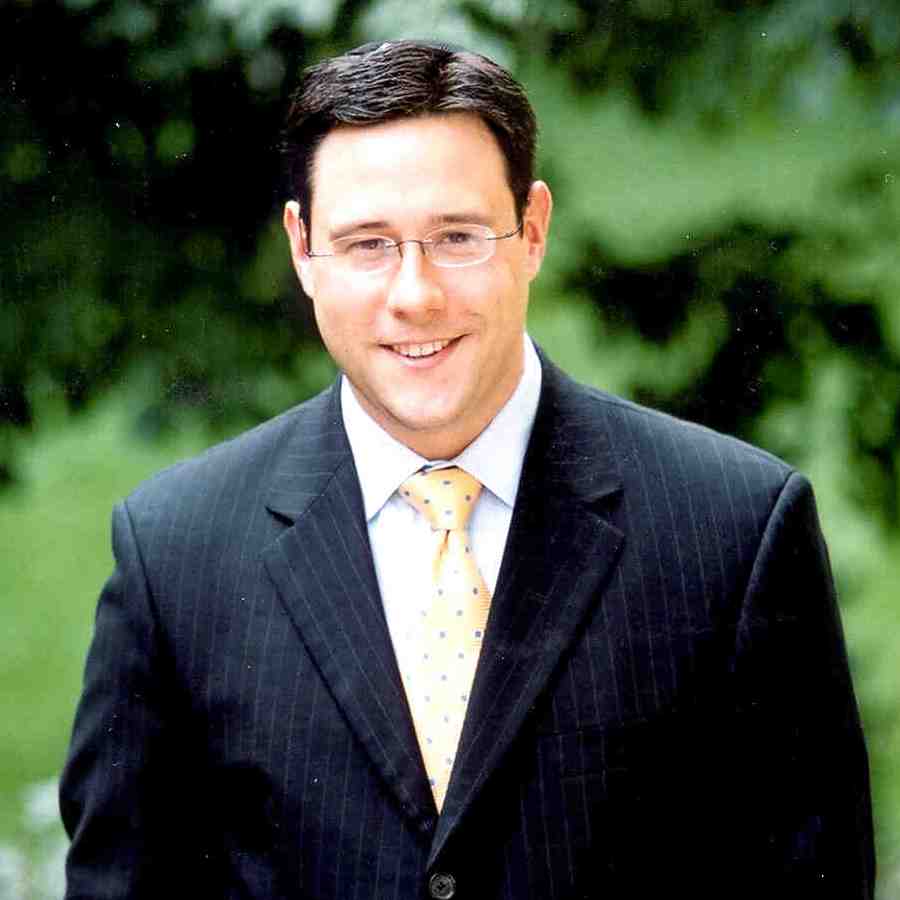Seeing the World Around Us

| Yom Kippur
By :
Marc Wolf JTS Alum (Rabbinical School)
Posted On Sep 18, 2010 / 5771 | Torah Commentary | Holidays




I have a favorite parable that finds its way into much of my writing and speaking. In fact, it has made its way into parashah commentaries and sermons throughout the year. But I think its greatest relevance is during this season, between Rosh Hashanah and Yom Kippur—the ten days of return. The story is one that David Foster Wallace included in a commencement speech at Kenyon College:
The lives of these two young fish were such that their external reality was, at best, taken for granted and, at worst, ignored. They lived a life oblivious of their external surroundings. This, I believe, highlights the disparity between Rosh Hashanah and Yom Kippur. On Rosh Hashanah our view is panoramic; on Yom Kippur it is myopic. This difference between the two holidays is intentional; the holidays are designed to live in stark contrast. Remarkably, just eight days ago, our focus was totally different than it is now.
On Rosh Hashanah, for example, we gaze globally; on Yom Kippur, we exist locally. Allow me to illustrate with some of the liturgy from the Mahzor.
Painting the picture of God on Rosh Hashanah, we turn to the Malchuyot section of the Musaf ‘Amidah. One of the three central pillars to the Musaf service, Malchuyot sets the tone for speaking of God’s kingship and sovereignty. The language is universal, “Our God and God of our ancestors: in Your glory, rule over the entire universe; in Your splendor, be exalted over all the earth” (Mahzor Lev Shalem, 157).
I could go on to quote much more of the Mahzor to make this point, but let me simply quote the liturgical piece that we all look forward to at the end of each of the sections of Musaf: “Today the world stands as at birth. Today all Creation is called to judgment, whether as Your children or as Your servants” (Lev Shalem, 158, 162, 166). You can’t get much more universal than that. We celebrate the birthday of the entire world.
With Yom Kippur, though, our focus becomes internal—not only as a nation, but individually. Fasting and the rituals of the day encourage this. There is really no need for interaction with the outside world when you’re not eating.
But beyond the simple nature of fasting, the liturgy directs our focus inward:
With the Yom Kippur Minhah service, though, our focus begins to shift. After spending the time on our own needs, we begin to adjust our focus and zoom out to a more universal view. When God tells Jonah to go and preach to the people of Nineveh, it is important to note that these are not Jews he is going to prophesize to: Nineveh was not a Jewish city.
Jonah is our first step out of the fog. His story is our first glimpse of the world outside our own hearts and it comes at the moment when we can begin to see the first shadows of the dusk—when the day is beginning to end at the afternoon service. Jonah slowly starts the reacclimation process as we rub Yom Kippur from our eyes and step into the world that has continued to change while we stood sequestered by the language and ritual of the days.
The question that Jonah leaves us with, though, is: How are we to reconcile the days? How are we to reconcile Rosh Hashanah and Yom Kippur? How are we to reconcile the universal and particular prayers that our lips have uttered over these past ten days?
This is not merely a fog or a daze that we have entered and now leave. It has a palpability to it that leaves a residue on us. We emerge from the ten days of repentance with a coating like that of the manna in the desert. And just like the manna, each of us experiences it differently.
This year, I learn my lesson of reconciliation through the Avodah service. As I mentioned before, the priest first atones for himself and his family, next for the priests, and finally for the entire people. Our challenge leaving the fog of Yom Kippur is to take that to its next level.
What impact will we have in our family—locally and globally. Where will we decide to act this year—at home and in the world? What will we define as our priorities in this new year? How will it affect our family on the microcosmic level and the macro level? Where will we seek to route injustice, to speak out for the greater good?
The experience of leaving the Days of Awe is like that feeling you get when you leave a movie theater—the sun is just as bright as it was when you entered, but it seems blinding after the show. Our question becomes: how will our eyes adjust to the light?
The world has been there, waiting for our eyes to adjust and to learn that our responsibility lies in not being oblivious to the world around us. Just like those fish in the David Foster Wallace story, we spend our days swimming around. This shift of focus has to do with simple awareness; awareness of what is so real and essential, so hidden in plain sight all around us—all of the time—that we have to keep reminding ourselves again and again:
“This is water.”
“This is water.”
G’mar ve-hatimah tovah.
The publication and distribution of the JTS Commentary are made possible by a generous grant from Rita Dee and Harold (z”l) Hassenfeld.